The time is 4.40pm on a pleasant weekday afternoon. You've had a busy day of it, but your big multi-car comparison test has gone well.
All of the cars showed up on time and as planned. They are exactly the cars you were expecting (even that, believe it or not, can't always be relied upon). You've done plenty of driving, helped your photographer mate get a full set of group test photos banked and rattled your way through a video shoot.
You might be on an otherwise deserted racing circuit; it might be a quiet moorland road. Either way, you're here because you know the place, suspected you could get what you needed by coming here and were pretty sure you wouldn't encounter any problems. So it proved.
Nothing has broken down. No policeman has taken down your particulars. No angry farmer has driven you from his county for making enough noise to disturb his flock. No local RAF pilot has shot down your camera drone. Most of these things do actually happen on occasion.
No unseasonable bout of adverse weather has truncated your testing or 'content-gathering' -time, either. You have what feels like a complete and fair picture in your mind of the cars you have been driving, and adjacent to that picture, heavily pregnant and ready to be delivered to the page, sit the opening and closing sentences of the story you will soon begin to write.
But beware: this is 'whoops o'clock'; this is precisely the time, in other words, when accidents are most likely to happen when road testers gather powerful cars together all in one place and set about doing whatever is necessary to bring their stories onto the page and screen. It's something about that moment when the job is done, the pressure is off, concentration levels drop and the fear, if not the very notion, of consequences evaporates into thin air. All too often, they can reappear very suddenly indeed.
I suspect it has always been this way. My predecessors on the Autocar road test desk wrote vastly fewer and less detailed risk assessments, 25 years ago, than have to be produced today. They must have. And yet the actual risks weren't, and aren't, any different.

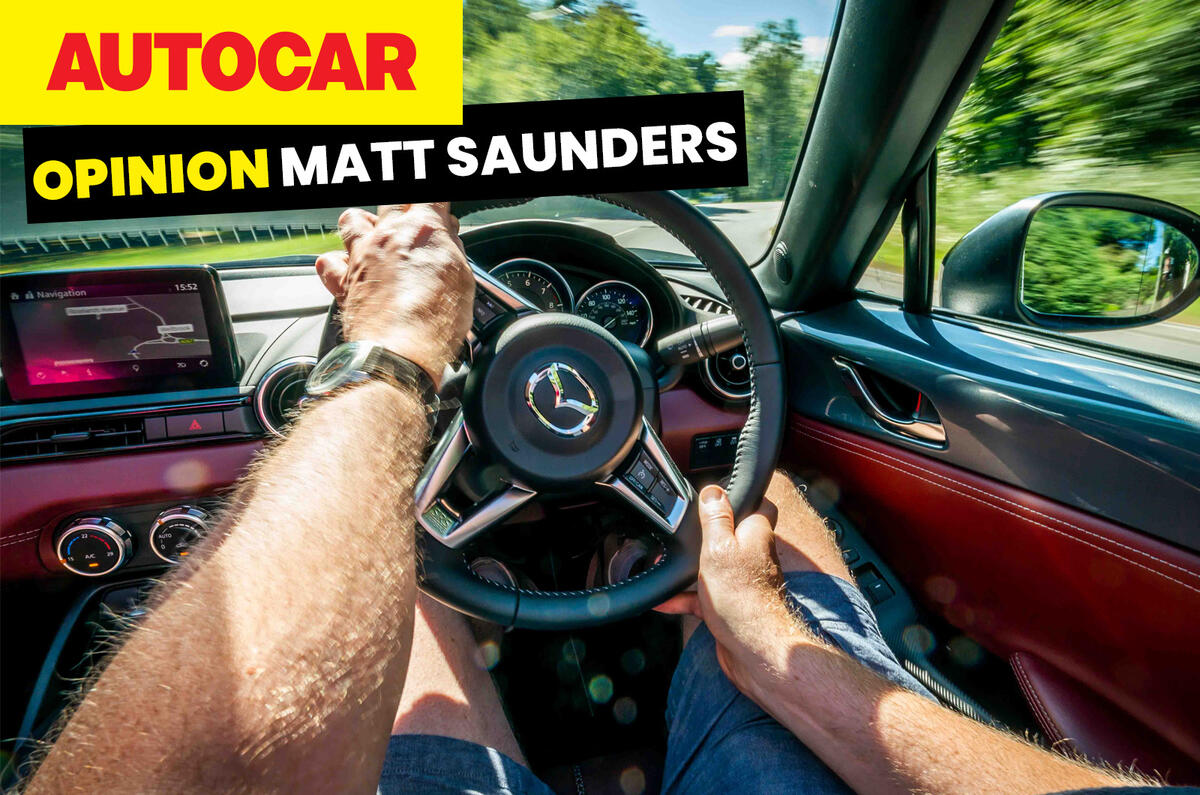
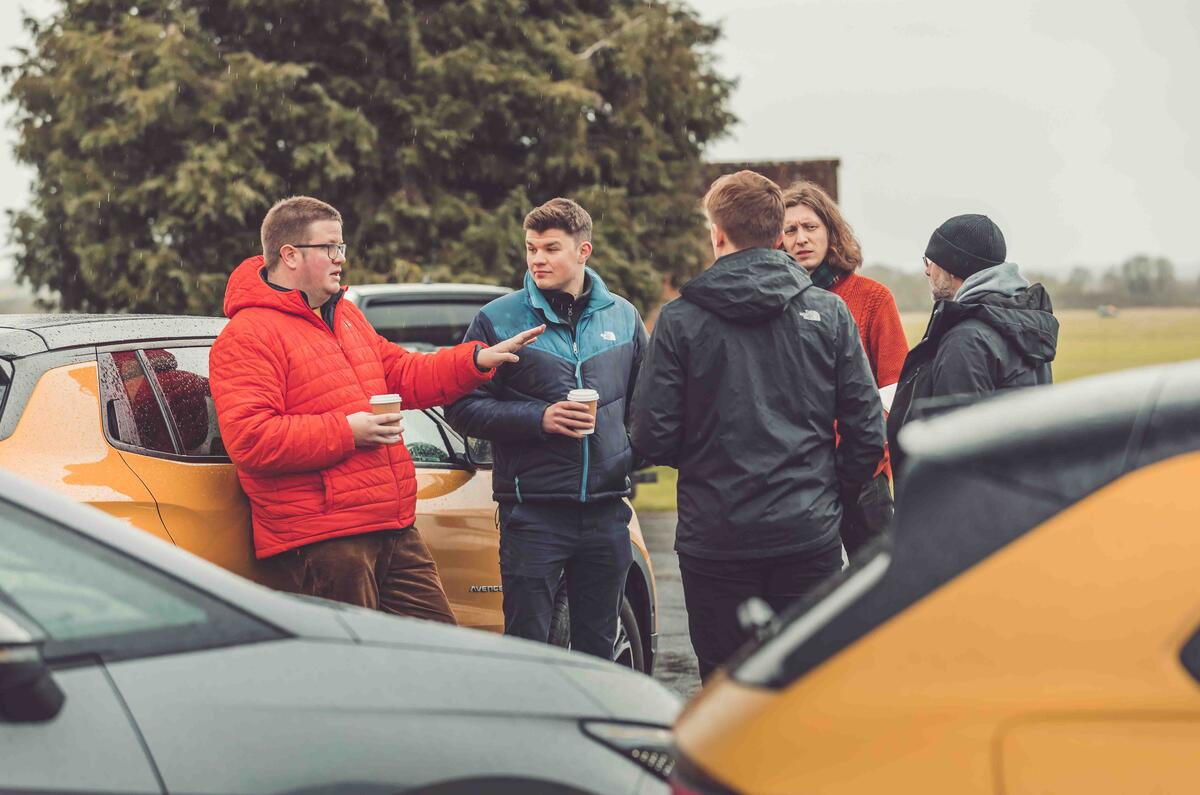
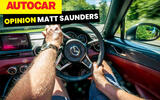
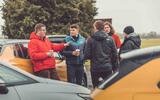

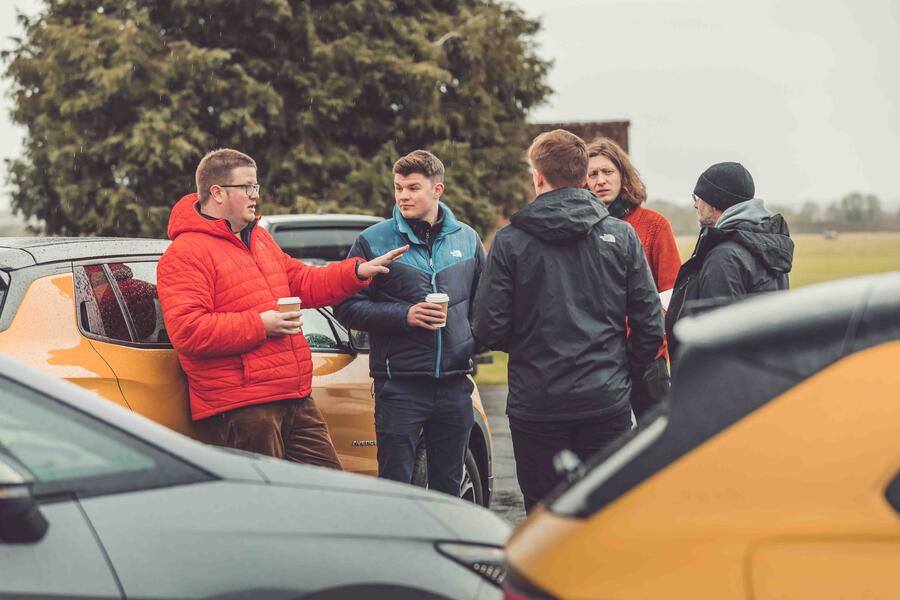
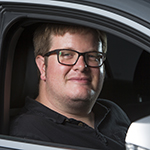




Join the debate
Add your comment
Interesting: I've never really thought about the logistics and risks of road testing cars but what you write in this article makes perfect sense.The closest equivalent quit-while-you're-ahead situation I have come across is 'Just one more run' at the end of a long and successful day of skiing: everyone's tired and focused on getting home and that's when accidents happen.